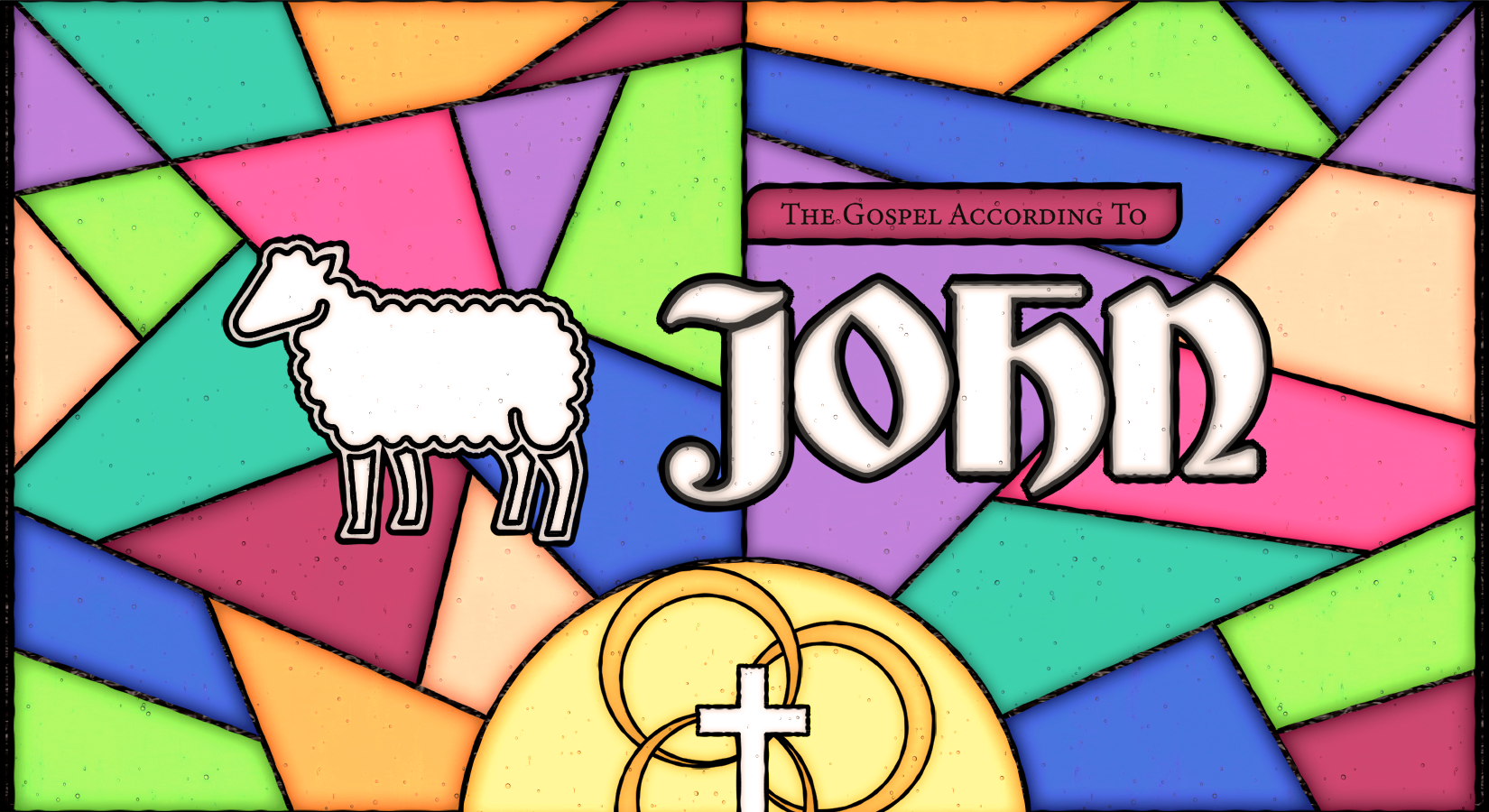Series Preview: The Gospel According to John
October 13, 2023
Dear Beloved Church Family,
Starting on October 22nd, we’ll begin a sermon series in the Gospel According to John. We’ll begin slowly in the first few verses and then pick up the pace, covering large portions of text to make sure we’re keeping the big picture in mind. Lord willing, we’ll complete the series next June.
John’s Gospel is a theological and historical biography of the person and work of Jesus Christ. It presents Jesus as the eternal Son of God who became flesh to bring “light” (a fuller revelation of God) and “life” (salvation in his name) into the “world” (mankind in rebellion against God, characterized by darkness and death). He is the fulfillment of the entire Old Testament—both its prophecies and historical events.
John is eager to prove Jesus’s true identity for his readers to provoke saving faith that leads to eternal life.
Over the coming weeks, we’ll see:
- Our Desperate Condition. Left to ourselves, we are in darkness and bound for death. Apart from Christ, we are “condemned already” (3:18).
- Our Powerful, Loving Christ. The Son willingly left the Father’s side to enter our world and endure rejection and death to bring us eternal life.
- Our Invitation to Faith and Worship. The glorious Christ saves perfectly and satisfies abundantly. He is the bread and the water that leave us without hunger or thirst. He is worthy of our devoted worship in spirit and in truth.
It takes nearly two hours to read John’s gospel. Consider using the suggested outline below as a guide to read manageable portions over the next few weeks. Remember, what you gain from Gathered Worship is related to how much heart preparation you do in advance.
Quick Info on the Gospel According to John
- Author: most likely the Apostle John, the son of Zebedee
- Date: around A.D. 80
- Purpose: to testify to Jesus’s identity as Israel’s Messiah and the divine Son of God, so that those who read it may believe in him and have eternal life. (20:30-31)
Major Themes
- The Identity of Jesus — the eternal Son of God who assumed a human nature, brings light and life into the world, and fulfills the entire Old Testament
- Signs — the miracles Jesus performed to reveal his divine identity and inspire belief in him
- Belief/Faith — accepting Jesus as the Son of God and the Savior of the world. It includes (1) knowledge of the facts of the gospel, (2) agreement that the gospel is true, and (3) a commitment to trust and obey Jesus as Lord.
- Eternal Life — salvation; an undeserved gift received by those who believe in Jesus. It is an abundant, meaningful, and fulfilling existence that begins in this life and continues into the next.
Key Concepts
- Light / Darkness — “light” represents revelation, truth, salvation, and God's presence; “darkness” represents ignorance, falsehood, judgment, and separation from God. Jesus brings light into darkness.
- Life / Death — spiritually speaking, “life” is communion with God that brings abiding love, joy, peace, and salvation; “death” is separation from God, the consequence of sin and rebellion against him. Jesus brings life out of death.
- From Above / From Below — “above” refers things that come from God or are of divine origin; “below” refers to things that are of earthly or human origin.
- “world” — One of the most common words in John’s gospel, occurring 78 times. Most often it’s used to refer to mankind set in rebellion against God. It sometimes also refers to either mankind in a neutral sense, or the earth/universe.
- The Person of Christ — the eternal Son of God assumed a human nature at his incarnation. Jesus is truly divine and truly human (one person with two natures).
- The Holy Spirit — Divine person sent by the Father and the Son who convicts, illuminates, regenerates, sanctifies, and comforts.
- Trinity — Father, Son, and Holy Spirit are truly and equally God. God is one in essence and three in person, distinguished only by eternal relations of origin.
Suggested Outline
- Prologue (1:1–18)
- Bringing Light: The Book of Signs (1:19–12:50)
- First Followers (1:19–51)
- The Cana Cycle (2:1–4:54)
- Revelation and Rejection (5:1–10:42)
- Preparation for Death and Glory (11:1–12:50)
- Bringing Life: The Book of Glory (13:1–20:29)
- The Farewell (13:1–17:26)
- The Passion (18:1–19:42)
- The Resurrection (20:1–20:29)
- Epilogue (20:30–21:25)
- The Book’s Purpose Statement (20:30–31)
- Conclusion (21:1–21:25)
Seven “I AM” Statements
- The Bread of Life (6:35)
- The Light of the World (8:12)
- The Door (10:9)
- The Good Shepherd (10:11–14)
- The Resurrection and the Life (11:25)
- The Way and the Truth and the Life (14:6)
- The Vine (15:1–5)
Seven “Signs”
- Changing water to wine (2:1–11)
- Healing the official’s son (4:46–54)
- Healing the invalid at Bethesda (5:2–15)
- Feeding the five thousand (6:1–15)
- Walking on water (6:16–21)
- Healing the man born blind (9:1–12)
- Raising Lazarus (11:1–44)
Memory Verses
John 20:30–31 (ESV): Now Jesus did many other signs in the presence of the disciples, which are not written in this book; but these are written so that you may believe that Jesus is the Christ, the Son of God, and that by believing you may have life in his name.
John 3:16 (ESV): For God so loved the world, that he gave his only Son, that whoever believes in him should not perish but have eternal life.
John 14:6 (ESV): Jesus said to him, “I am the way, and the truth, and the life. No one comes to the Father except through me.